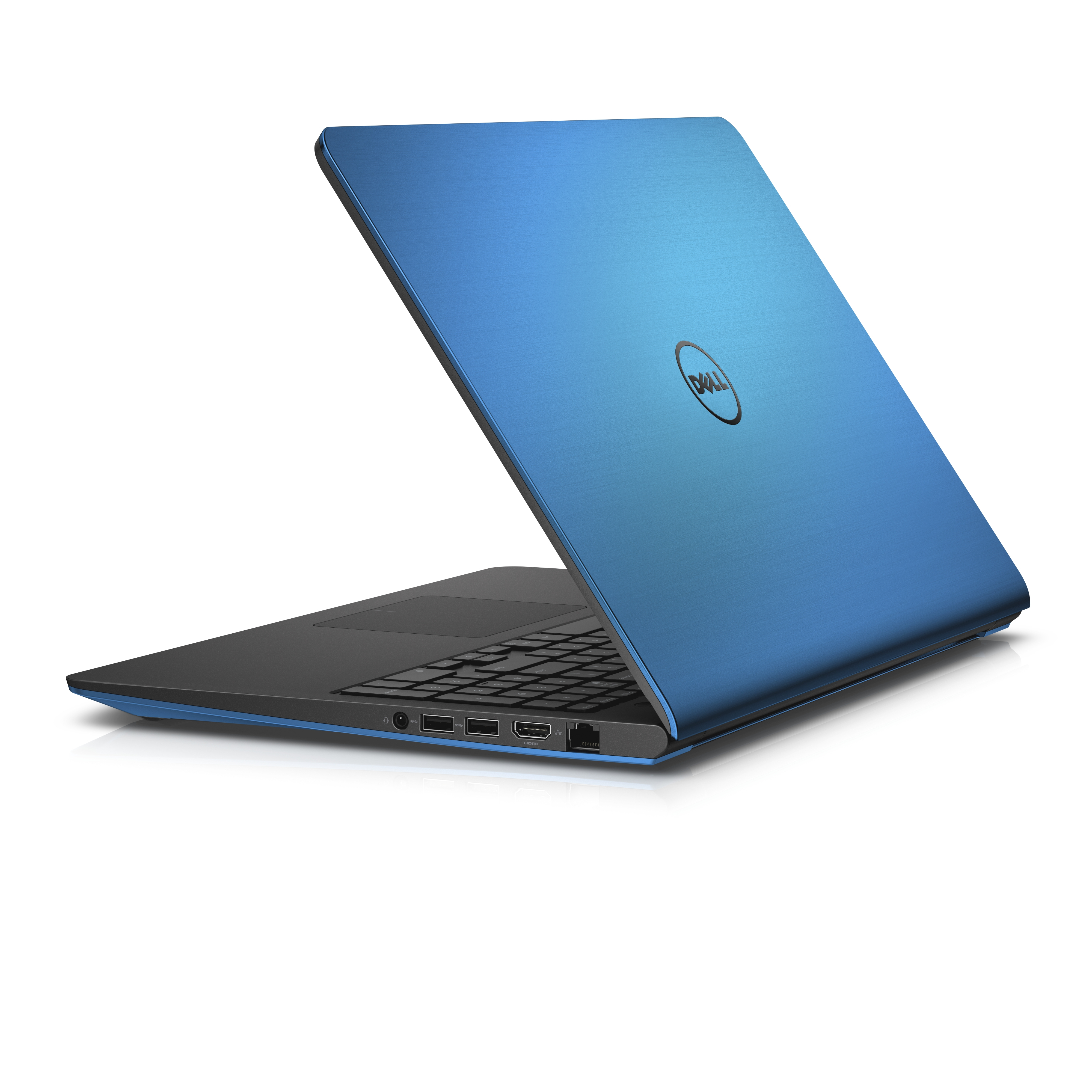

You can see in our tutorial “ NVIDIA Chips Comparison Table” the difference between GeForce 7900 GT and other chips from NVIDIA, while on our tutorial “ ATI Chips Comparison Table” you can compare it to its competitors from ATI.

In fact, they also share the same basic specs as GeForce 7950, but as GeForce 7950 GX2 uses two GeForce 7950 chips it has everything doubled. The only difference between GeForce 7900 GT and GeForce 7900 GTX is the clock used (GTX uses 650 MHz for the GPU and 1.6 GHz for the memory), as they both share all other specs, including 24 pixel shader engines. So, going with a 930MX laptop would be a better choice compared to that of the older 940M. Surprisingly, the Geforce GT 930 does good and comes even closer when we compare it with the 940M. Like all high-end GPUs it accesses its video memory using a 256-bit interface. Going down the table, we have the Nvidia Geforce 930MX and 930M. GeForce 7900 GT runs at 450 MHz and accesses its video memory at 1.32 GHz. So by reviewing a reference model or a model based on it we will have an idea of the performance of almost all cards based on the same chip available on the market. Since the life cycle of video cards are very short these days, almost all manufacturers choose to simply follow the reference design, sometimes changing the cooler or overclocking the card. Video card manufacturers usually have two options for their products: follow the reference board from the chip manufacturer or design a board by themselves. Our review is based on a reference model from NVIDIA. Competing with Radeon X1900 GT from ATI, in this review we compared it to several other video cards from both NVIDIA and ATI. GeForce 7900 GT is the simplest video card in the high-end GeForce 7900 chip family from NVIDIA, being an option for those users willing to have a high-end video card but not wanting to buy the most expensive one. GeForce 7900 GT Reference Model from NVIDIA


 0 kommentar(er)
0 kommentar(er)
